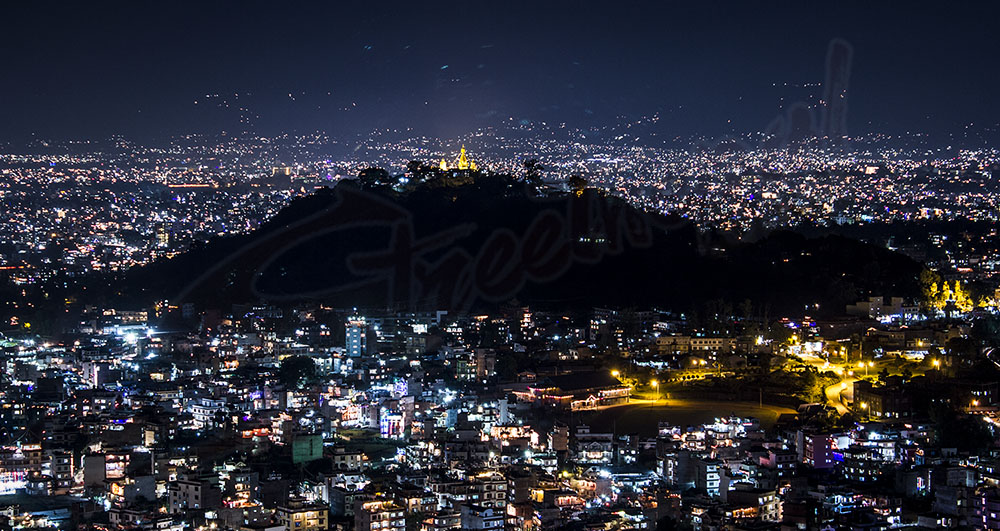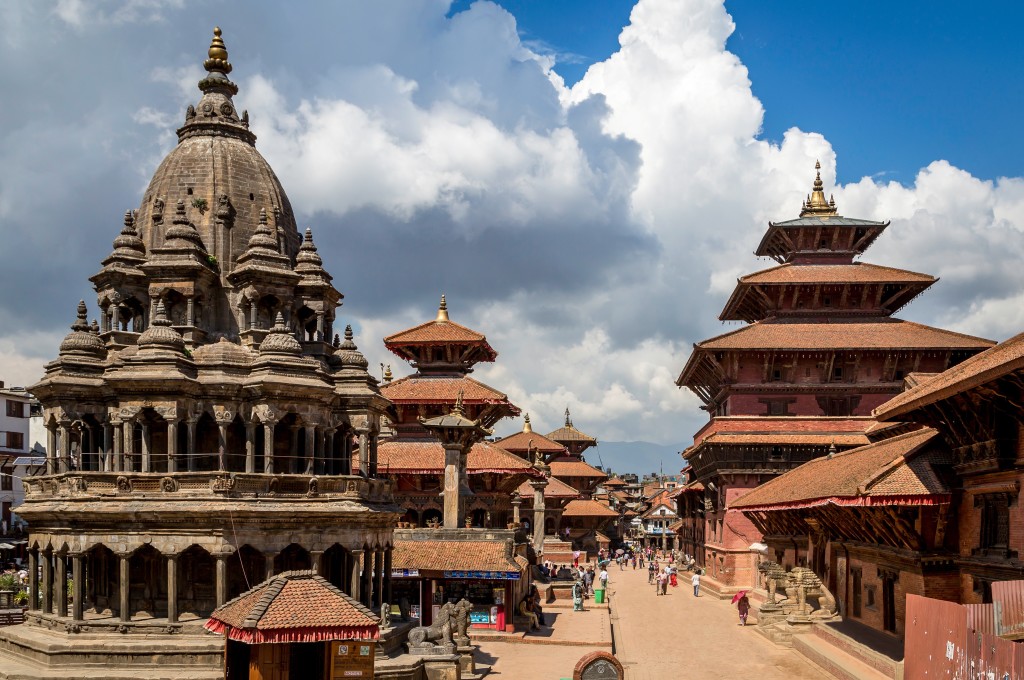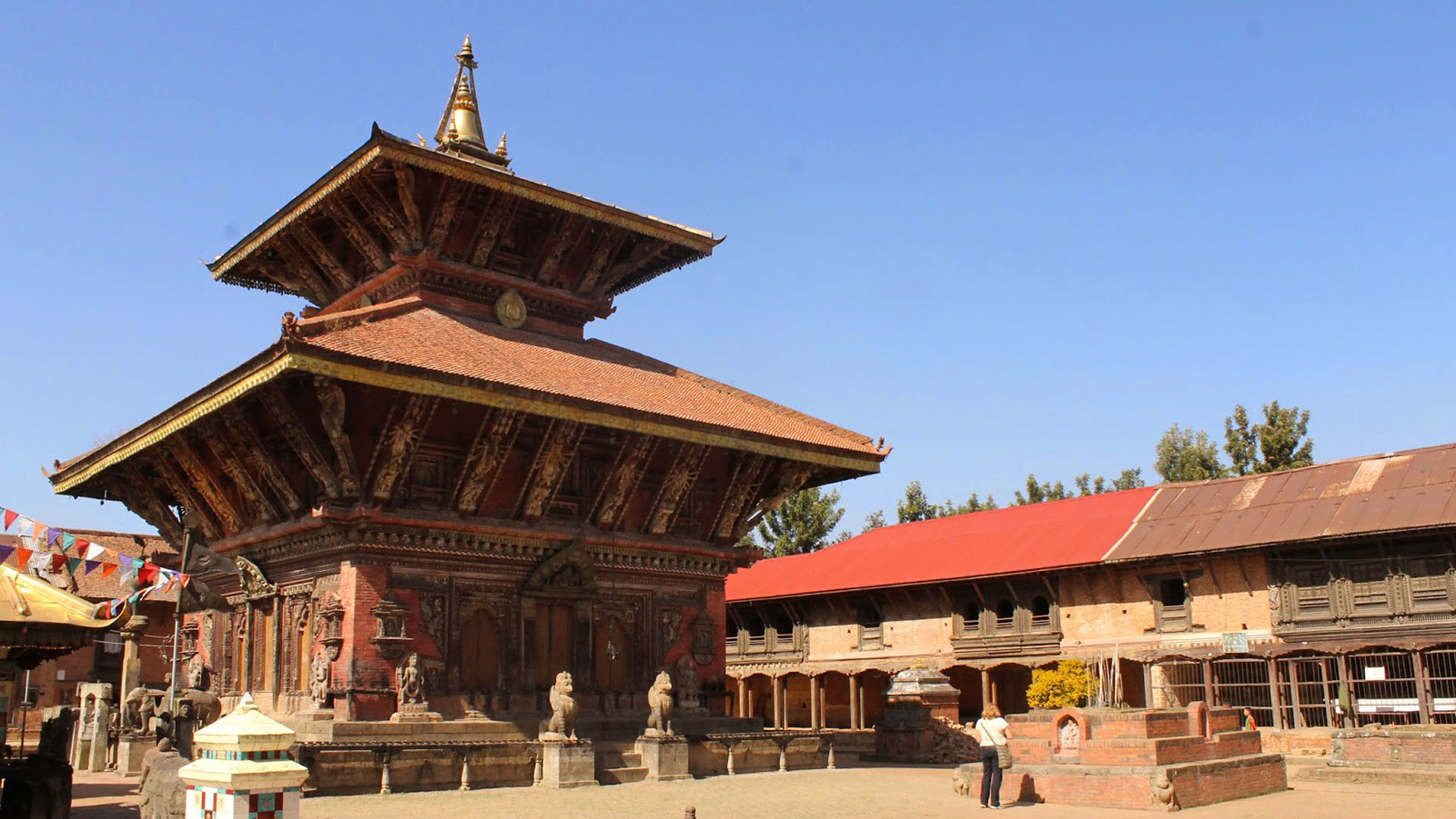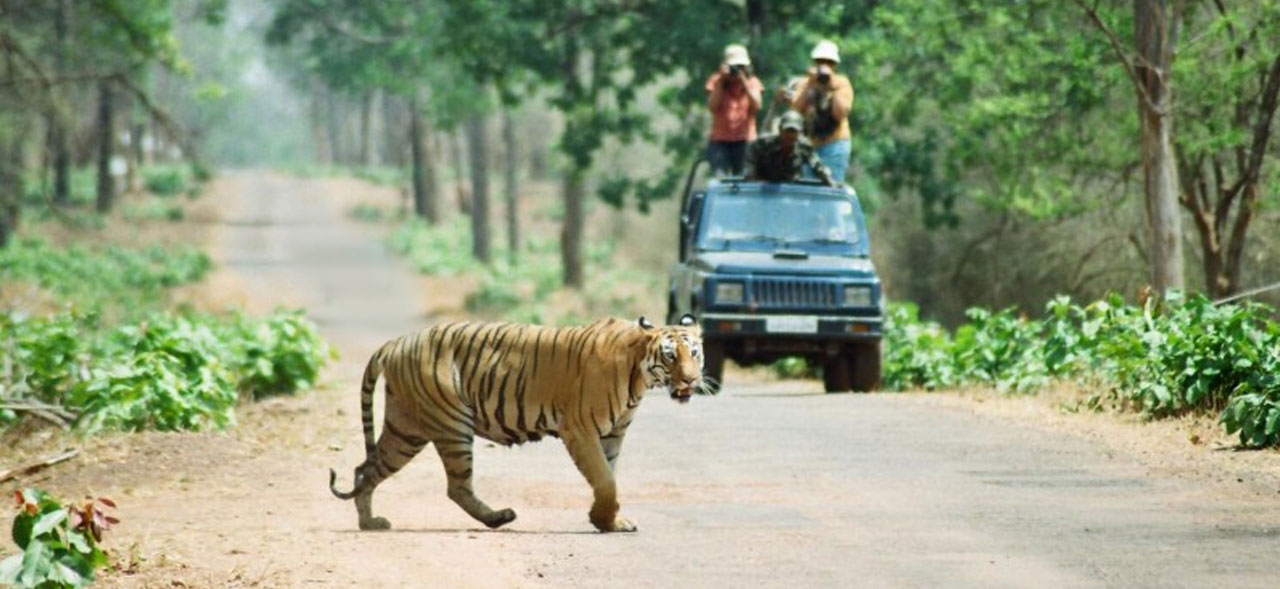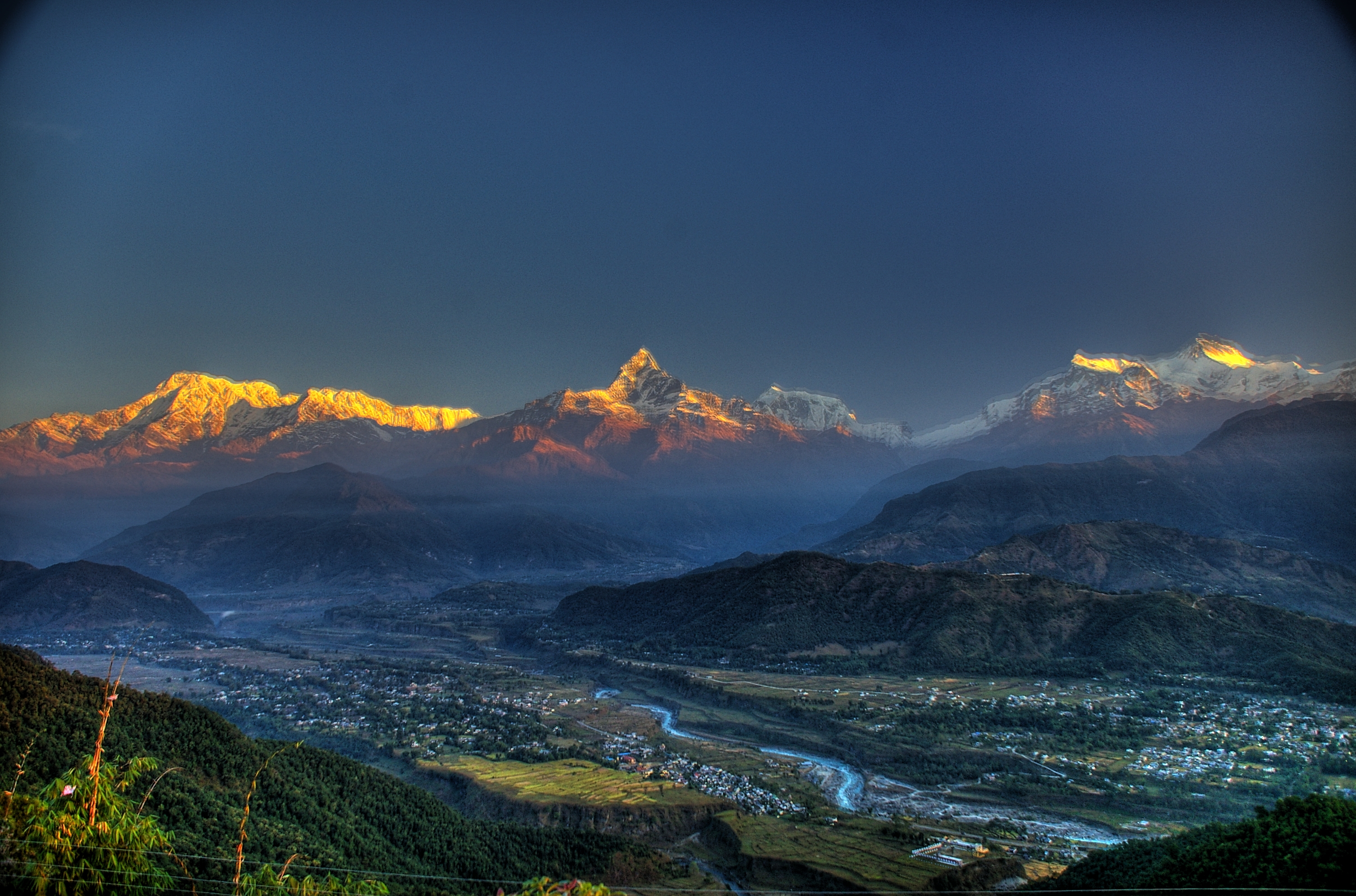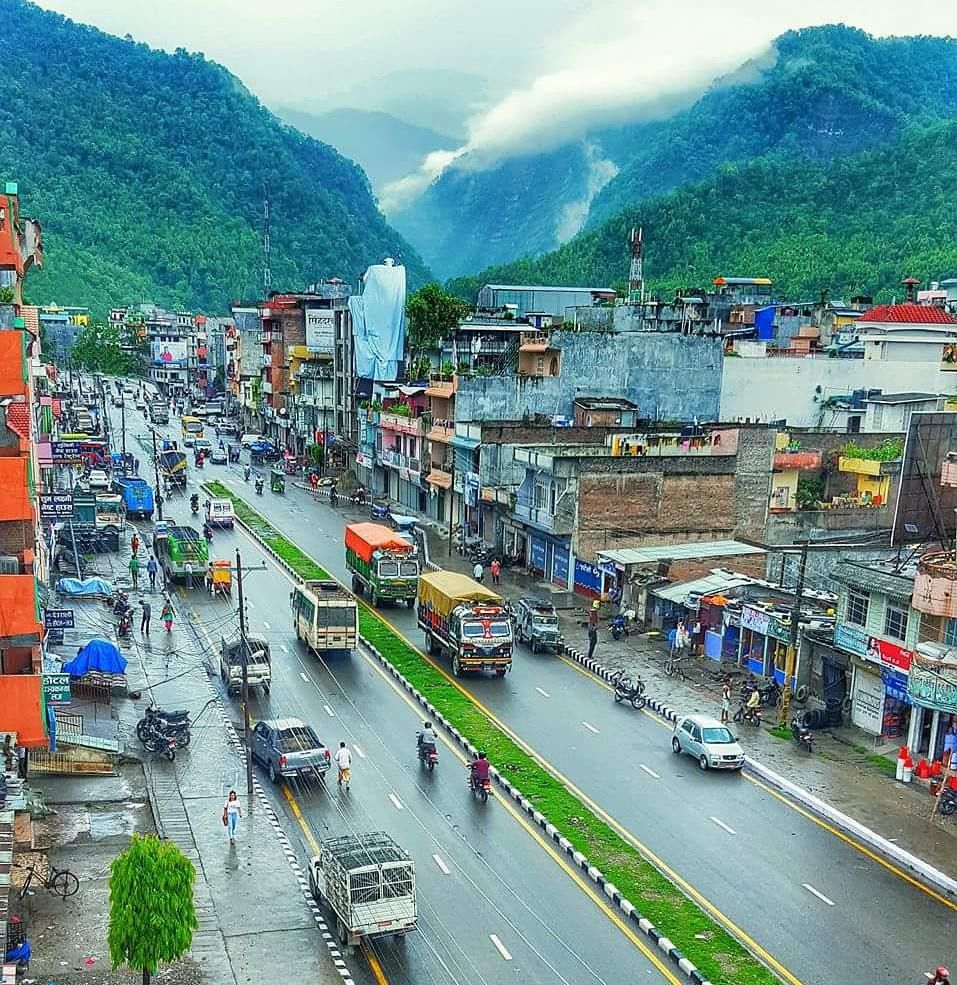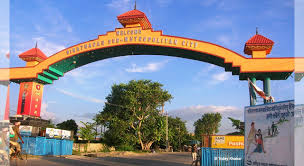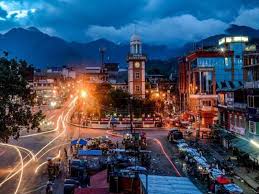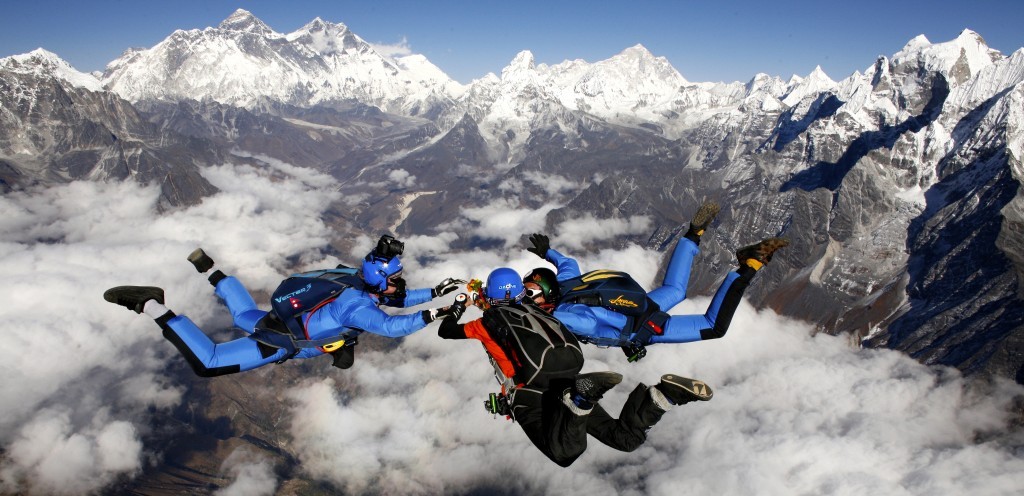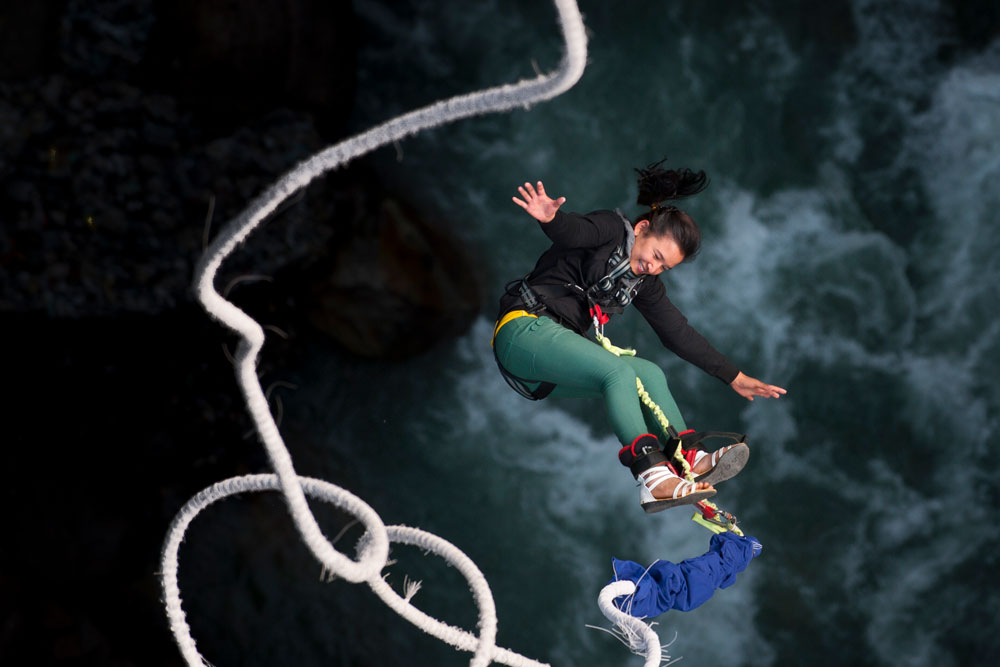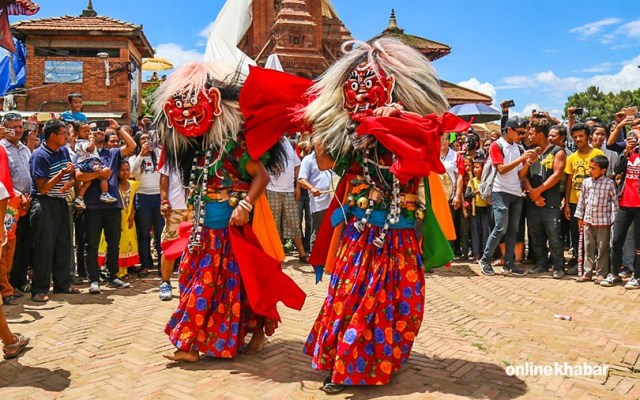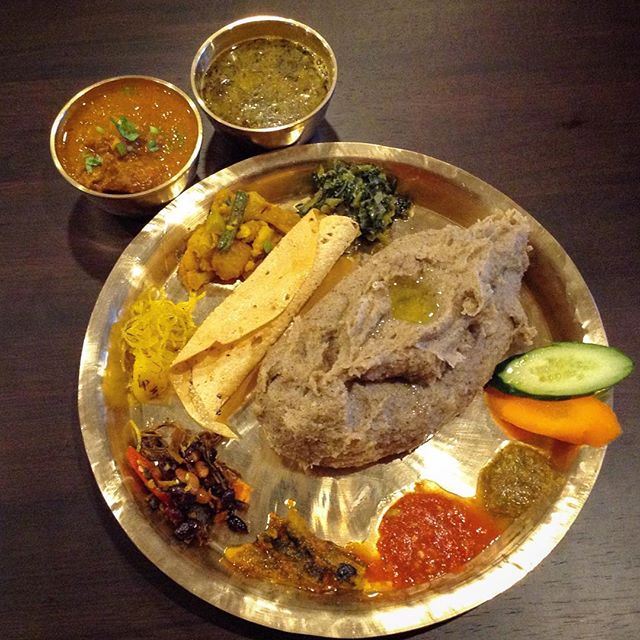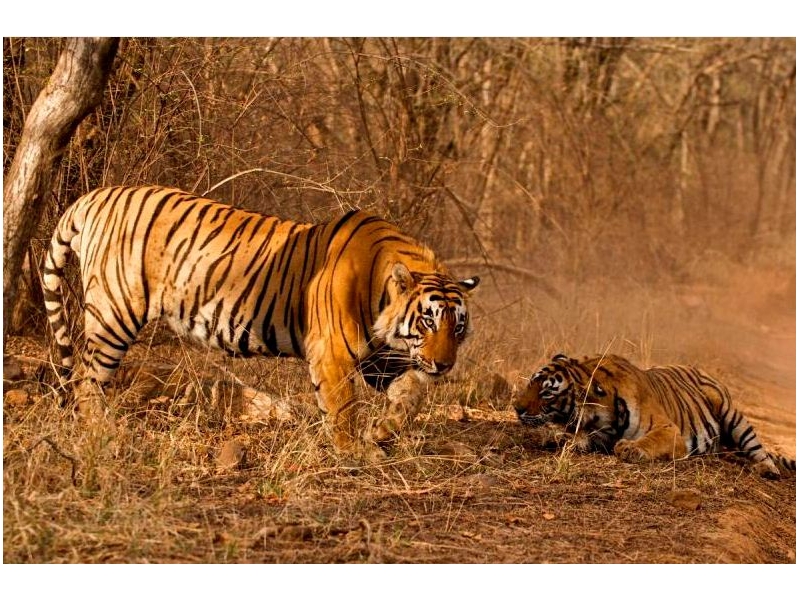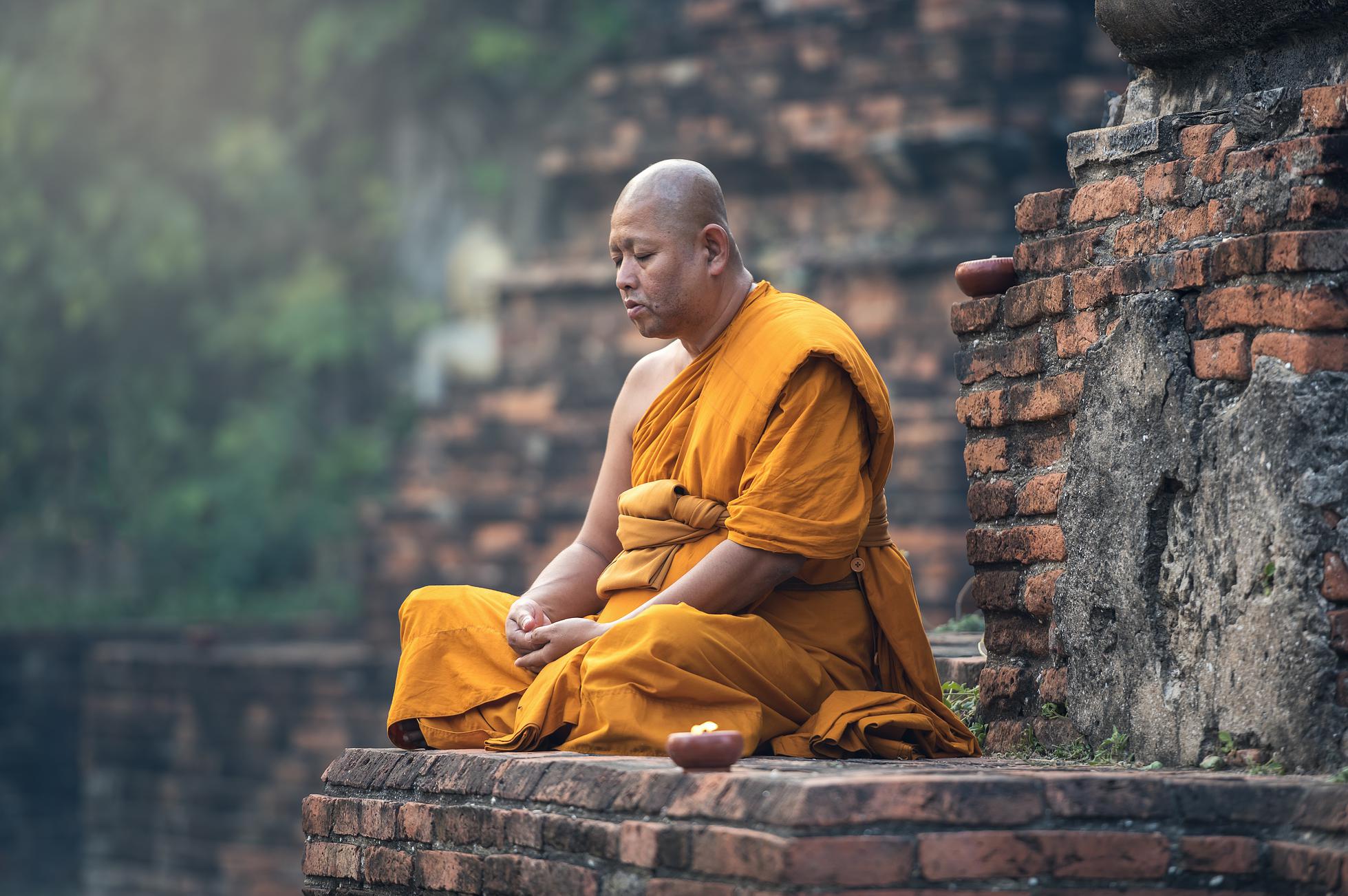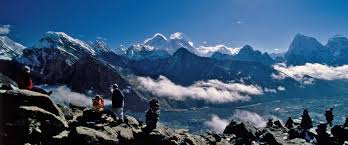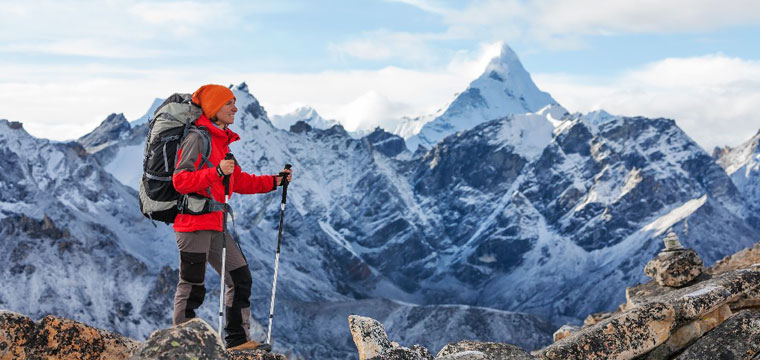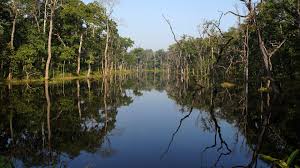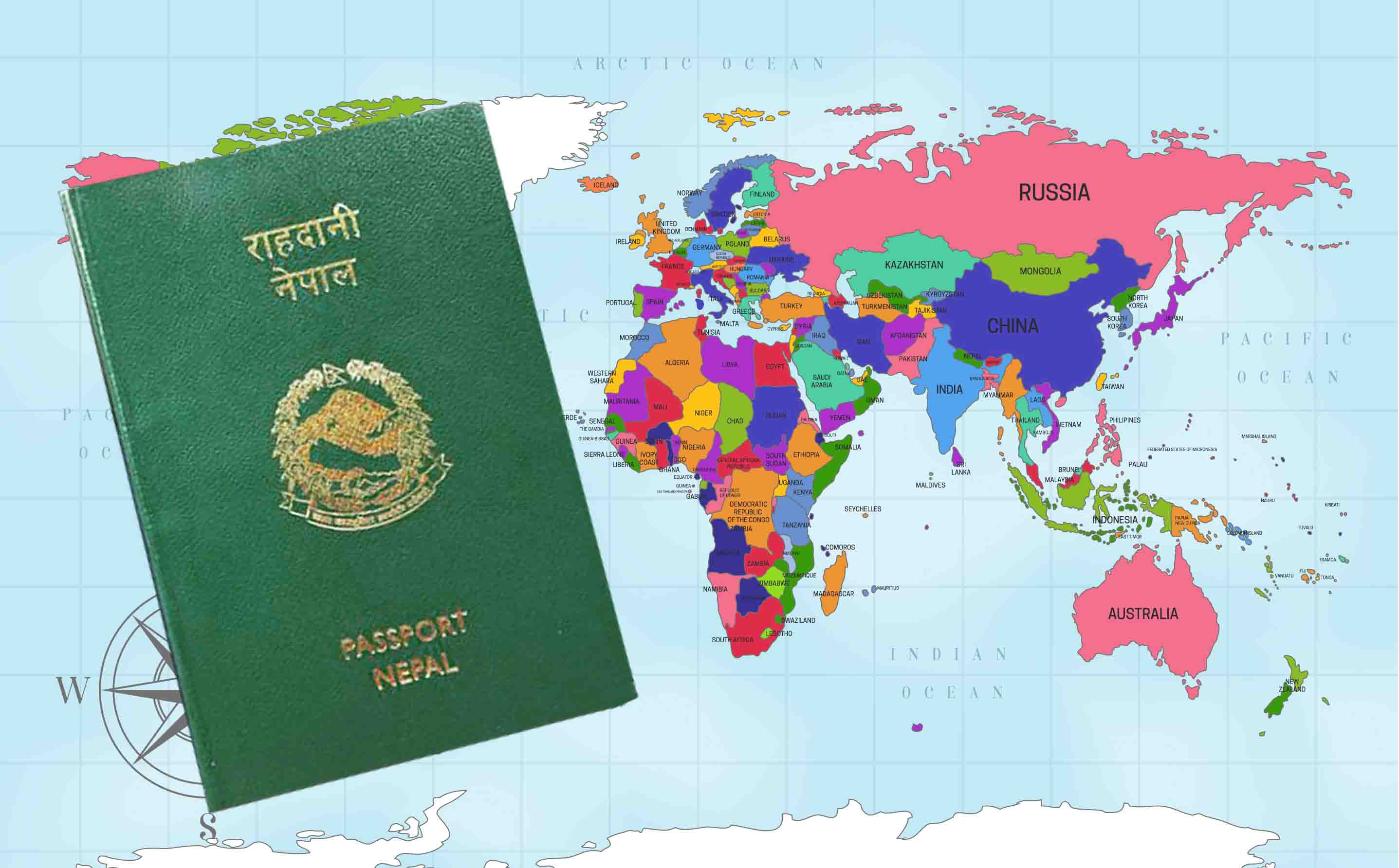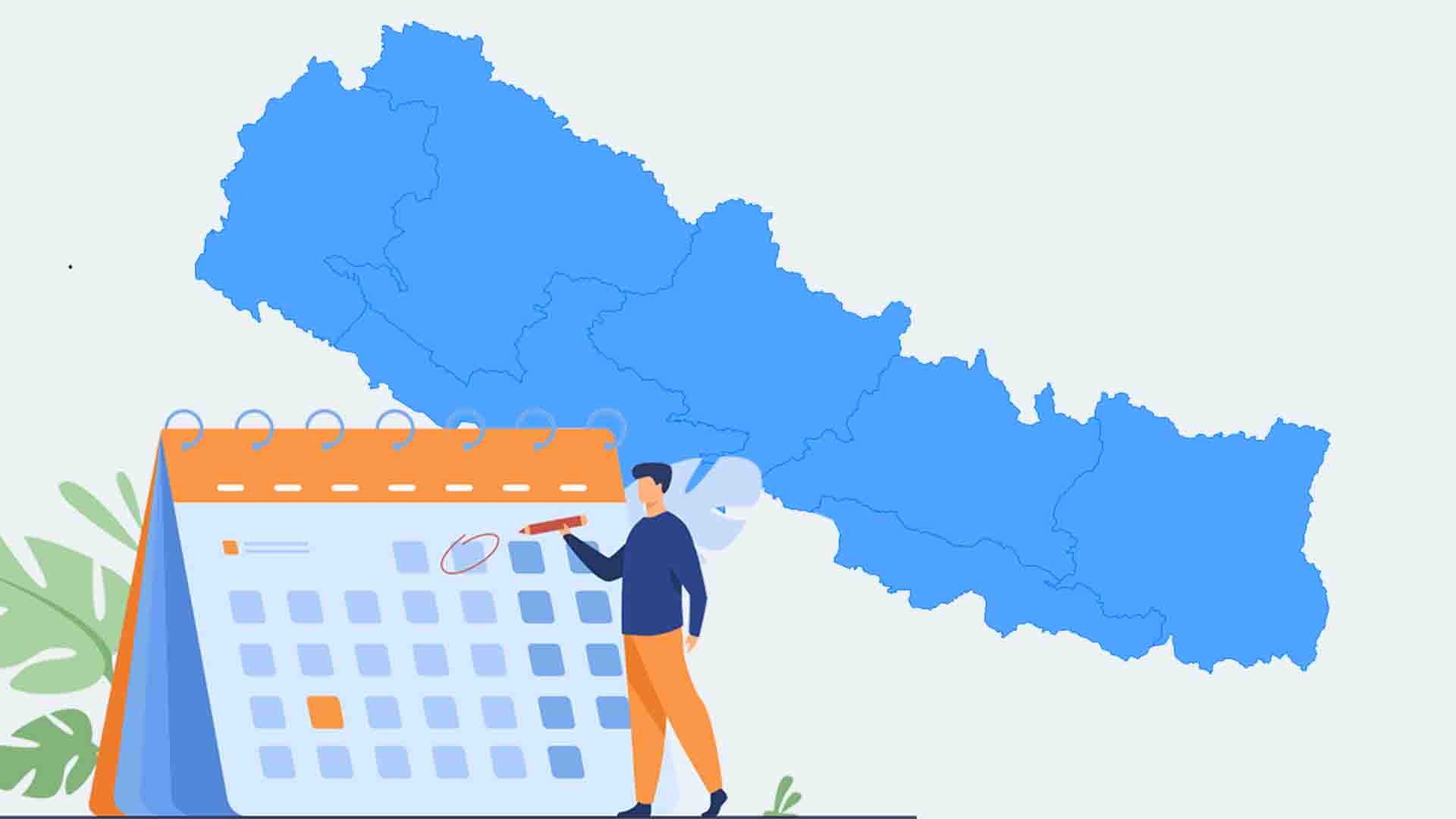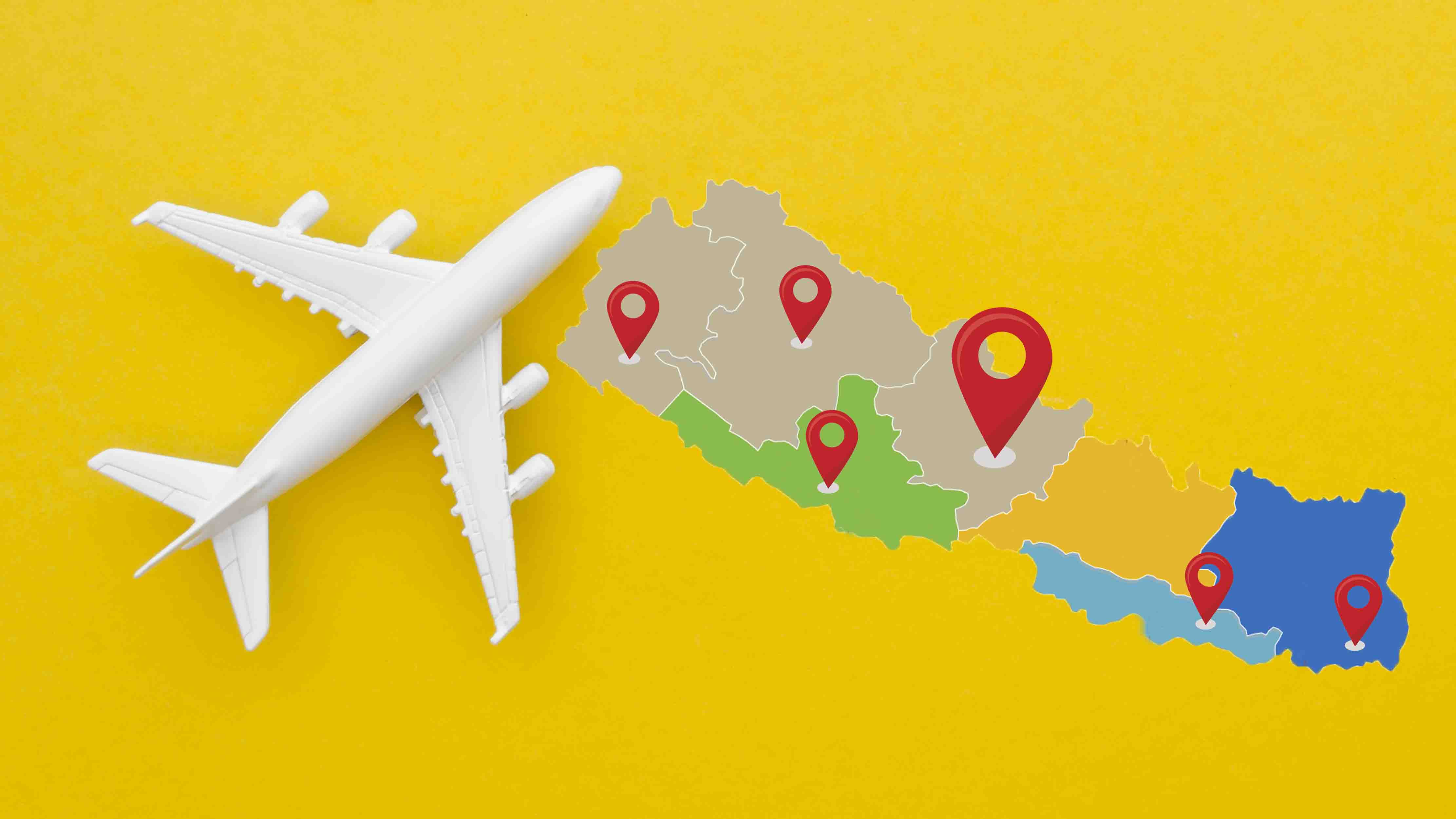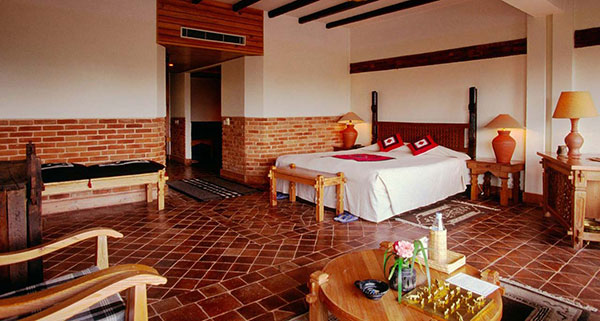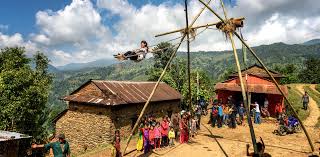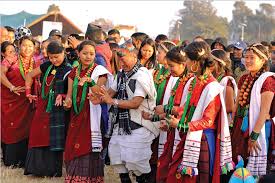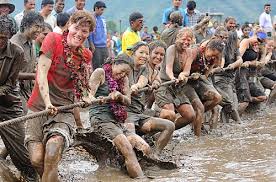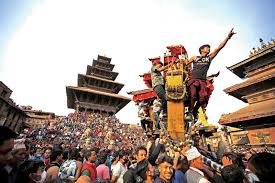Understand Nepal > festival > Dashain
Dashain
Dashain, the most important and exciting festival of Hindus in Nepal, is of fifteen days and falls in September, October, or November, depending upon the lunar calendar. The festival is recognized as Bada Dashain, Vijaya Dashami, and Durga Pooja too. The main event that takes place on this festival is the worshipping of Goddess Durga, who is the goddess of power and mother of all other gods in Hinduism and is the one who killed demons and saved the world.
Public holidays begin from the eighth day of the festival and lasts till the thirteenth or fifteenth. People from all over the country go back to their homes, gather together, clean their houses, buy new clothes, decorate their houses, and get ready for the festival. The first day, or ghatasthapana, is the day when elders of the family seedlings so that they grow into Jamara (young grass plant) which will be one of the important offerings of the festival from the tenth day.
The main celebration begins from the seventh day which is known as Phulpati. The temples of Goddess Durga is full of a crowd of devotees and youngsters. The statue of Goddess Durga is well decorated with new clothes and jewelry. The temples are also cleaned, decorated with oil wicks, butter lamps, flowers, and red color powder. There are stalls around the temples that sell balloons, jewelry, and other items for the crowd.
The eighth and ninth day is called Maha Ashtami and Maha Navami respectively. On these days, devotees sacrifice animals such as goat, cock, duck, etc. to Goddess Durga to receive good fortune, good health, and wealth. The animal which has been sacrificed becomes the major item of a feast for the festival. The temples are even more crowded these days. Some women start their fasting on the first day of Dashain and break their fast on a ninth day. The fast is taken by drinking and eating light food items like fruits and dairy while some women do not take anything for nine days. And, on a ninth day, after worshiping Goddess Durga and nine little girls, who are considered the avatar of Goddess Durga, the women break the fast.
The tenth day is the most exciting of all days. On this day, people collect jamara from their own house or temples, prepare tika with red-colored powder and rice as main offerings of the day. The elders of the family put tika to the young ones and provide them dakshina (money) along with blessings. People decorate their houses, wear new clothes, and prepare delicious foods along with varieties of meat.
Relatives and neighbors visit families and perform the same ritual of putting or receiving tika. It is one of the most exciting festivals that bring friends and families together for a long time. No matter how far one is stationed, the person returns home for the festival to receive blessings from elders. The same ritual lasts for five days and the festival is over on the fifteenth day from the start.
It is the time when Nepalese receive maximum holidays from work, school, or any other institution. Many families go on vacation as it is the best time to travel and trek in Nepal. The trekking routes are full of people and teahouses are all crowded. Families involve in different activities like playing cards, flying kites, playing jhulunge ping (long rope swing in the traditional style) cooking varieties of food items mainly meat, and celebrating together and creating memories.
To enjoy the festival at its best, one can visit Hanuman Dhoka Temple and other Goddess Durga temples on the eighth and ninth day of the festival. The Taleju Temple, which is out of bounds, also remains open for the general public on a ninth day. Villages are more exciting at this festival than cities as people return to their old homes and visit their parents or grandparents in villages. One can be part of kite flying and long swings and traditionally enjoy the festival.
The origin of the festival has a mythical tale behind it. Goddess Durga, having ten different manifestations, wore a red robe, rode the tiger, and armed herself with several weapons to combat the evil demon Mahishasura. According to legends, the fight lasted for nine days and nights. On the tenth day, Goddess Durga finally killed the demon and save the country from the evilness. Therefore, people recall the victory and celebrate the festival with joy.








